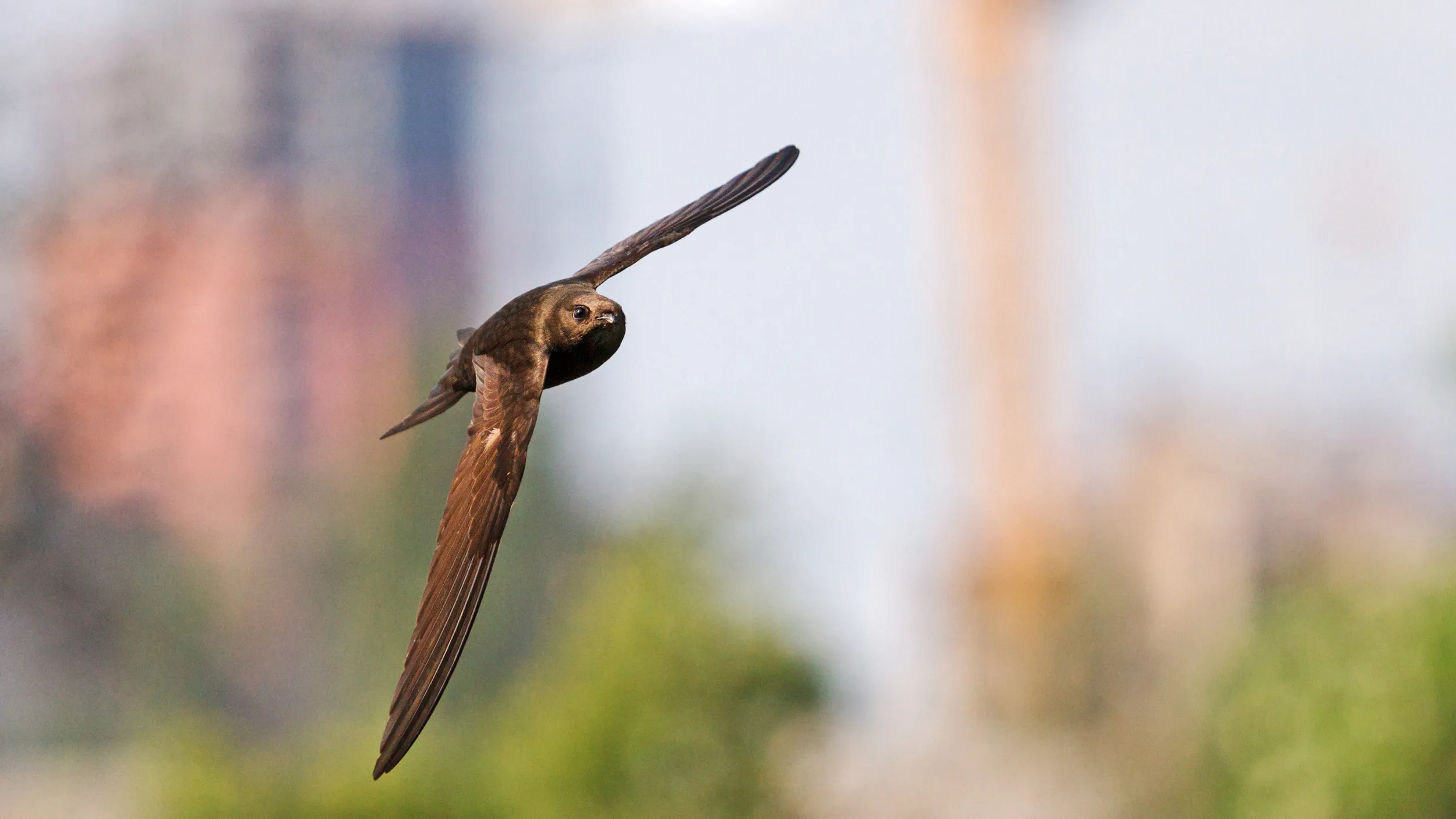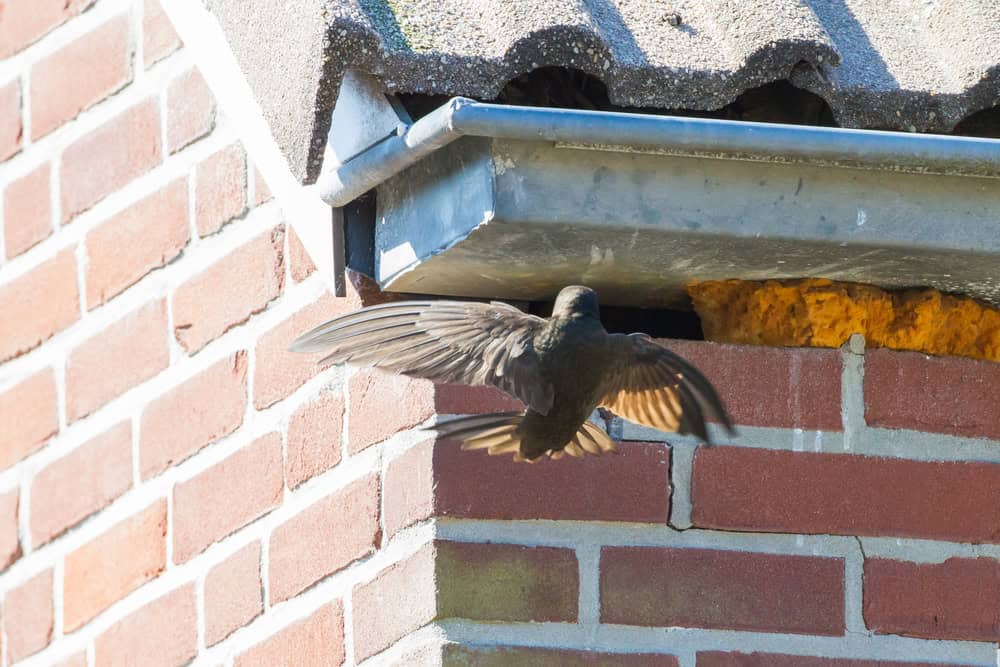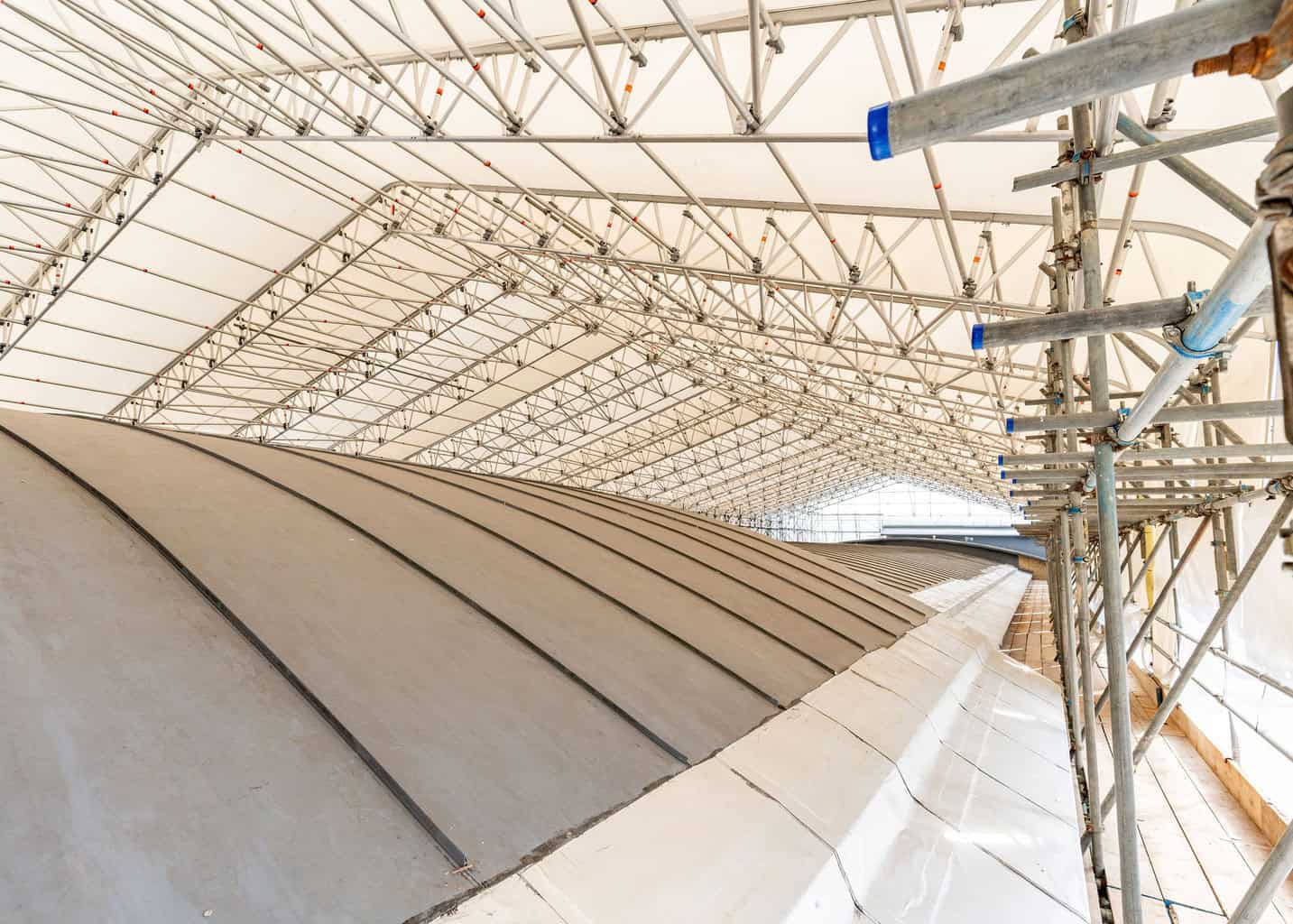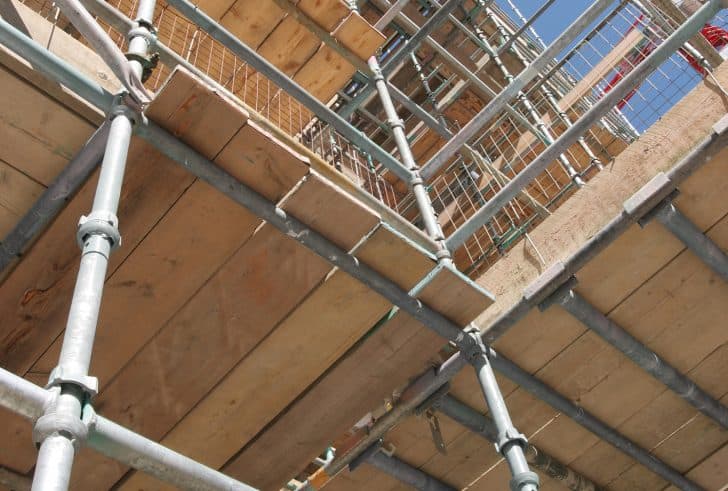In response to recent incidents where scaffolding has obstructed swift nest sites, RSPB volunteer Kerry Dawson is issuing a heartfelt plea to scaffolding companies across the UK.
This summer, two alarming cases have been seen in Ramsgate and Eltham, where scaffolding unintentionally blocked the nests of swifts, a species now red-listed and at serious risk of extinction in the UK.
Swifts are unique and remarkable birds that spend nearly all their lives in the air. Their ability to enter nesting sites at high speed through small gaps makes them particularly vulnerable to obstruction by scaffolding. Swifts cannot perch due to the lack of a ‘thumb’ claw, meaning they rely solely on their flight skills to access their nests.
Legal and Conservation Urgency
Speaking to Scaffmag, Kerry Sabin-Dawson emphasised the legal ramifications of blocking swift nests. Obstructing these nests’ entry or exit routes is an offence under the Wildlife and Countryside Act 1981.
With swift populations in steep decline, it is vital that scaffolding companies take proactive measures to ensure they do not inadvertently contribute to this crisis.
“Nest sites are often hidden,” Dawson explains, “but there are signs to look out for, such as the calls of nestlings, droppings, or adult swifts trying to access the site. Even if you don’t see a nest, it doesn’t mean one isn’t there. That’s why it’s so important to check carefully before erecting scaffolding.”
Guidance and Resources for Scaffolders
Dawson calls on scaffolders to avoid placing scaffolding around roofs or fascias between April and September, the critical swift breeding season. If scaffolding is unavoidable, she urges companies to inspect for potential nesting sites thoroughly. “Swifts can squeeze through the smallest of holes, so it’s crucial to be vigilant,” she adds.
She also recommends using the RSPB’s Swift Mapper website (https://www.swiftmapper.org.uk/) to check for recorded nest sites, although she cautions that many nests remain unrecorded.

A Call to Action
Kerry Dawson notes that once scaffolders understand the unique situation swifts face, they are often very willing to make accommodations. “This is a collaborative effort,” she says. “By taking these small but significant steps, scaffolders can make a huge difference in the survival of these incredible birds.”
For more information on how scaffolders can help protect swifts, visit RSPB’s website.




